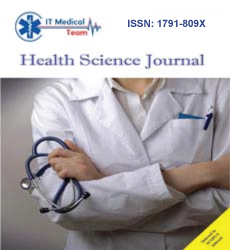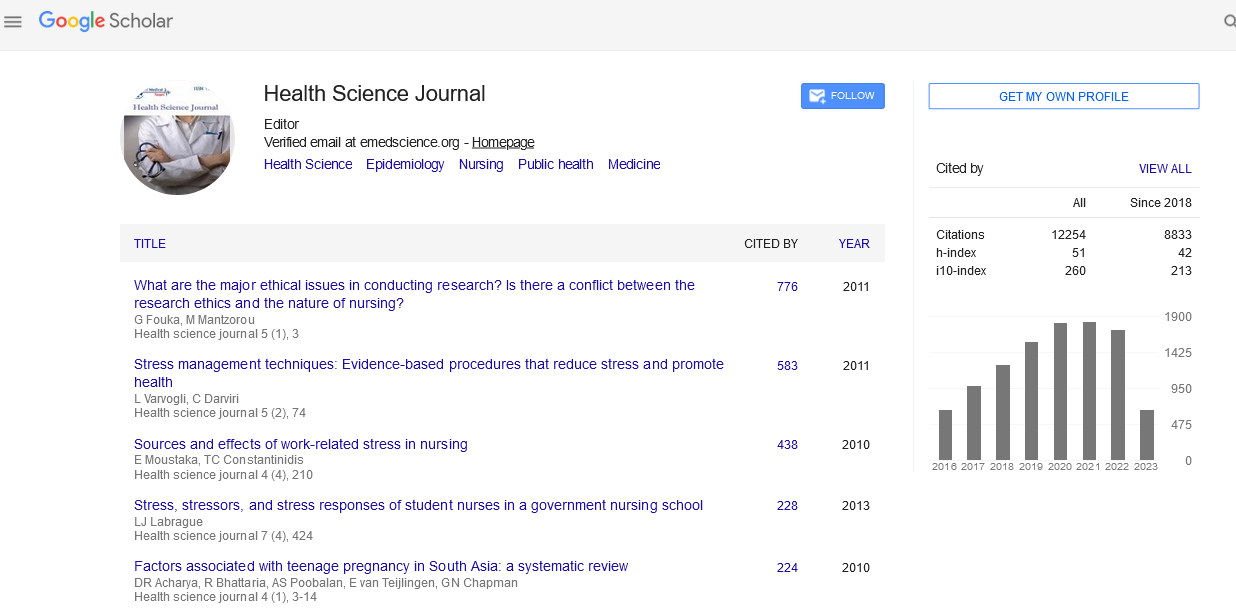Editorial - (2025) Volume 19, Issue 3
COVID-19 A Comprehensive Review of the Pandemic Its Impacts and Future Directions
Saurabh Kumar*
Department of Health Science, Bundelkhand University, India
*Correspondence:
Saurabh Kumar, Department of Health Science, Bundelkhand University,
India,
Email:
Received: 01-Feb-2025, Manuscript No. Iphsj-25-15672;
Editor assigned: 04-Feb-2025, Pre QC No. Iphsj-25-15672 (PQ);
Reviewed: 17-Feb-2025, QC No. Iphsj-25-15672;
Revised: 28-Feb-2025, Manuscript No. Iphsj-25-15672 (R);
Published:
31-Mar-2025
Abstract
The coronavirus disease 2019 (COVID-19) has emerged as one of the most significant global health crises of the 21st century. First identified in Wuhan, China in December 2019, the disease rapidly spread worldwide, prompting the World Health Organization (WHO) to declare it a pandemic in March 2020. This article provides a comprehensive overview of the COVID-19 pandemic, including the virology of SARS-CoV-2, transmission dynamics, clinical features, public health responses, vaccine development, socio-economic impacts, and future implications. The review synthesizes data from global health organizations, peerreviewed literature, and real-world case studies to understand the multifaceted nature of this unprecedented event.
Introduction
Coronavirus disease 2019 (COVID-19), caused by the novel coronavirus SARS-CoV-2, has led to widespread morbidity [1], mortality, and socio-economic disruption. As of early 2025, the virus has infected hundreds of millions and caused millions of deaths worldwide. This paper aims to encapsulate the key scientific and societal elements of the pandemic. The emergence of the novel coronavirus disease 2019 (COVID-19) marked a pivotal moment in modern global health history. First identified in December 2019 in Wuhan, China, the outbreak rapidly evolved into a worldwide pandemic, prompting an unprecedented global response. Caused by the severe acute respiratory syndrome coronavirus 2 (SARS-CoV-2), COVID-19 has profoundly affected every aspect of human life, including public health, socio-economic stability, education, and global mobility. The pandemic exposed critical vulnerabilities in healthcare systems [2], disrupted economies, and exacerbated existing social inequalities. As of early 2025, the virus has infected hundreds of millions of people and caused significant mortality, despite the rollout of vaccines and public health interventions. Beyond the immediate health consequences, the pandemic has led to long-lasting psychological, cultural, and economic ramifications that continue to shape societies worldwide. Over the past few years, scientific communities and policymakers have mobilized rapidly to understand the virus, develop diagnostics and therapeutics, and implement containment strategies. This accelerated research effort led to the unprecedented development of multiple vaccines in record time and a global collaboration rarely seen before. This review aims to provide a comprehensive overview of the COVID-19 pandemic, examining the virology and pathogenesis of SARS-CoV-2, transmission dynamics, clinical features, diagnostic methods, treatment strategies, and the evolution of vaccines. Furthermore, it explores the wide-ranging impacts of the pandemic and evaluates key lessons learned to inform preparedness for future global health emergencies [3].
Virology of SARS-CoV-2
SARS-CoV-2 is a single-stranded RNA virus belonging to the Betacoronavirus genus. Its structure includes spike (S), envelope (E), membrane (M), and nucleocapsid (N) proteins. The S protein binds to the ACE2 receptor on human cells, facilitating viral entry. Genetic mutations, particularly in the S protein, have contributed to the emergence of variants with varying degrees of transmissibility and immune evasion [4].
Transmission and Epidemiology
COVID-19 primarily spreads via respiratory droplets, aerosols, and contact with contaminated surfaces. Superspreader events have played a significant role in community transmission. The basic reproduction number (R0) has varied by variant, ranging from 2.5 for the original strain to over 6.0 for Omicron. Incubation periods average 5–6 days, with individuals being contagious up to 48 hours before symptom onset. Asymptomatic carriers have significantly challenged containment efforts [5].
Clinical Features and Pathogenesis
Symptoms of COVID-19 range from mild to severe, including fever, cough, dyspnea, and loss of taste or smell. Severe cases may lead to acute respiratory distress syndrome (ARDS), multi-organ failure, and death. Risk factors include age, obesity, cardiovascular disease, diabetes, and immunosuppression. Pathogenesis involves an initial viral phase followed by a hyperinflammatory response, often referred to as a cytokine storm, contributing to severe outcomes.
Diagnostic Methods
Diagnosis of COVID-19 has primarily relied on reverse transcription polymerase chain reaction (RT-PCR) testing, with antigen tests used for rapid detection. Serological assays have been used to assess past infection and population-level seroprevalence.
Socio-Economic and Psychological Impacts
The pandemic triggered a global recession, job losses, educational disruptions, and increased inequality. Mental health deteriorated due to isolation, grief, and uncertainty. Domestic violence and substance use also increased. Healthcare systems were overwhelmed, and routine medical services were disrupted, worsening outcomes for other diseases.
Conclusion
COVID-19 has irrevocably altered the global landscape. While vaccines and treatments have mitigated its impact, the pandemic highlighted systemic vulnerabilities and underscored the importance of preparedness, equity, and resilience. Continued vigilance and cooperation are essential to manage future health crises.
References
- Alok YA (2020) Membranous Nephropathy
Google Scholar
- Fogo AB, Lusco MA, Najafian B, Alpers CE (2015) Atlas of Renal Pathology: Membranous Nephropathy. Am J Kidney Dis 66: 15-17.
Indexed at, Google Scholar, Crossref
- Stanescu HC, Arcos-Burgos M, Medlar A, Bockenhauer D, Kottgen A, et al. (2011) Risk HLA-DQA1 and PLA(2)R1 alleles in idiopathic membranous nephropathy. N Engl J Med 364:616-626.
Indexed at, Google Scholar, Crossref
- E Von Mutius (2010) 99th Dahlem conference on infection, inflammation and chronic inflammatory disorders: viruses, autoimmunity and immune regulation. Clin Exp Immunol 160: 113-119.
Google Scholar, Crossref
- Blyth CC, Robertson PW (2006) Anti-streptococcal antibodies in the diagnosis of acute and post-streptococcal disease: streptokinase versus streptolysin O and deoxyribonucleic B.Pathology 38: 152-162.
Indexed at, Google Scholar, Crossref
Citation: Kumar S (2025) COVID-19 A
Comprehensive Review of the Pandemic Its
Impacts and Future Directions. Health Sci J.
Vol. 19 No. 2: 1231.





